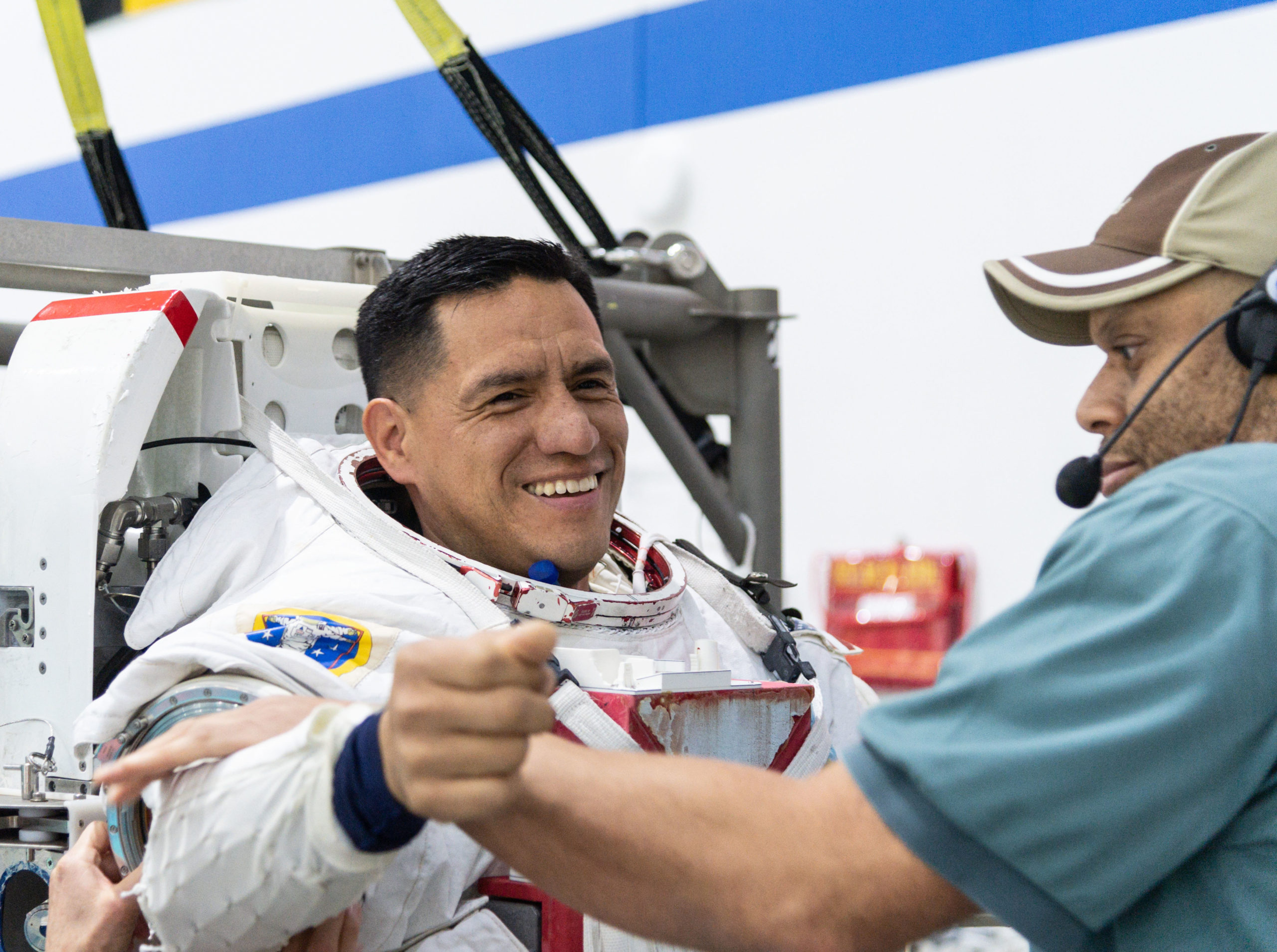
Less than a month before he launches from the Baikonur Cosmodrome in Kazakhstan, shoulder-to-shoulder with a pair of Russian cosmonauts, NASA astronaut Frank Rubio took time out on Monday, 22 August, to speak about his six-month increment to the International Space Station (ISS). Rubio, a 46-year-old Army physician and helicopter pilot of Salvadoran heritage, becomes the first U.S. astronaut to fly Russia’s Soyuz spacecraft under the terms of the integrated crew agreement signed last month between NASA and Roscosmos.
Rubio’s training flow for Soyuz MS-22 has been an unusual one, backdropped by a measure of indecision as to whether the integrated crew agreement would go ahead, coupled with the aftershocks from Russian President Vladimir Putin’s invasion of Ukraine last February. In recent months, he has trained as Flight Engineer-2—sitting in the right-hand couch aboard the Soyuz—alongside Commander Sergei Prokopyev, a veteran of a six-month ISS mission back in 2018, and “rookie” cosmonaut Dmitri Petelin, who will serve as Flight Engineer-1 in the left-hand seat.
Integrated crew capability has long been touted as inherently preferable by the International Partners (IPs). It envisages one U.S. astronaut flying aboard each Russian Soyuz and one Russian cosmonaut flying aboard each SpaceX Crew Dragon, with an expectation that Boeing’s CST-100 Starliner will also fold into the agreement in due course.
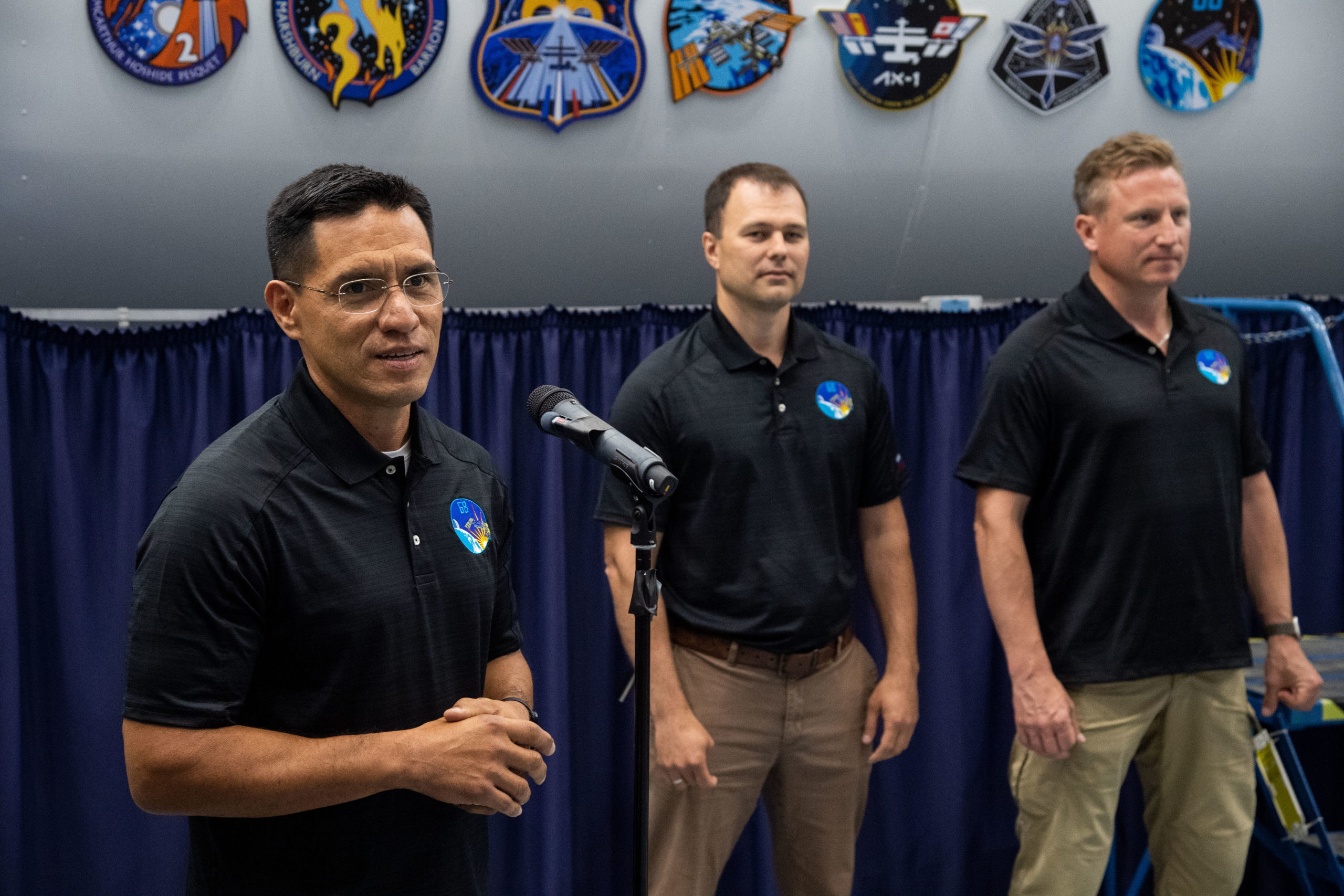
This will ensure the continuous, year-round presence of at least one U.S. and at least one Russian systems specialist on the station’s U.S. Operational Segment (USOS) and Russian Operational Segment (ROS). And in turn this is expected to guard against the possibility that a delayed launch or landing, emergency or premature return to Earth of one of either nation’s spacecraft could leave one of the partners with no representative on the ISS.
Such an eventuality has never yet come to pass. Since November 2000 and the arrival of Expedition 1, there has always been at least one Russian and at least one American aboard. In the station’s first couple of years, long-duration crews were typically rotated via the Space Shuttle, with short visiting missions changing Soyuz “lifeboats” every six months.
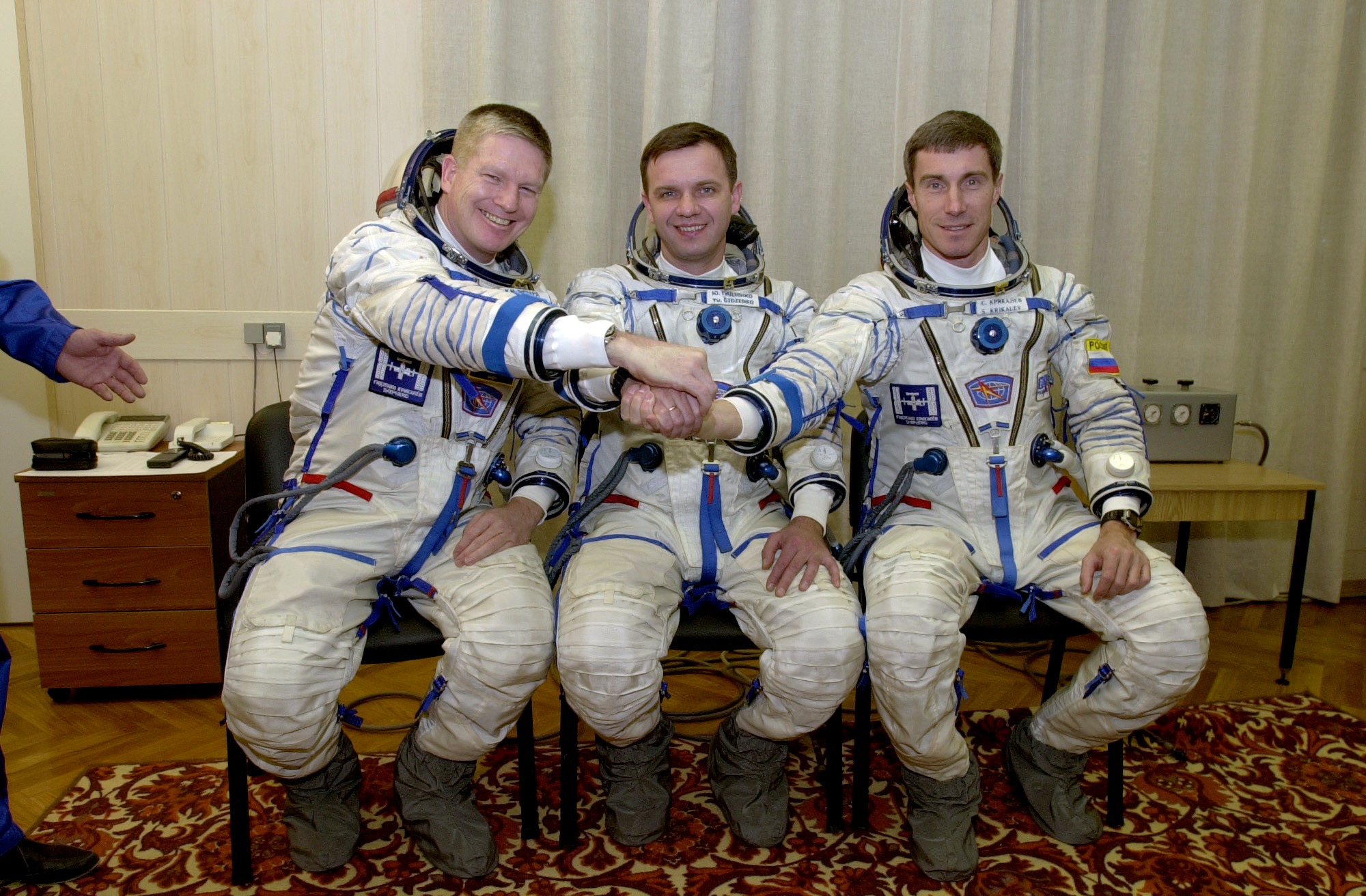
But following the loss of Columbia during her STS-107 re-entry in February 2003, NASA began more than a decade of reliance upon Russia, with at least one U.S. astronaut aboard each Soyuz. And when the shuttle fleet finally retired in July 2011, Soyuz became the principal means of delivering NASA personnel to the sprawling orbital outpost.
Russia’s monopoly began to wane in May 2020, when SpaceX’s Crew Dragon came online and regular crew-rotation missions kicked off the following November. But late last year, as the Crew-2 astronauts prepared for the arrival of their Crew-3 replacements and a “direct handover” of USOS personnel, Mother Nature unexpectedly intervened.
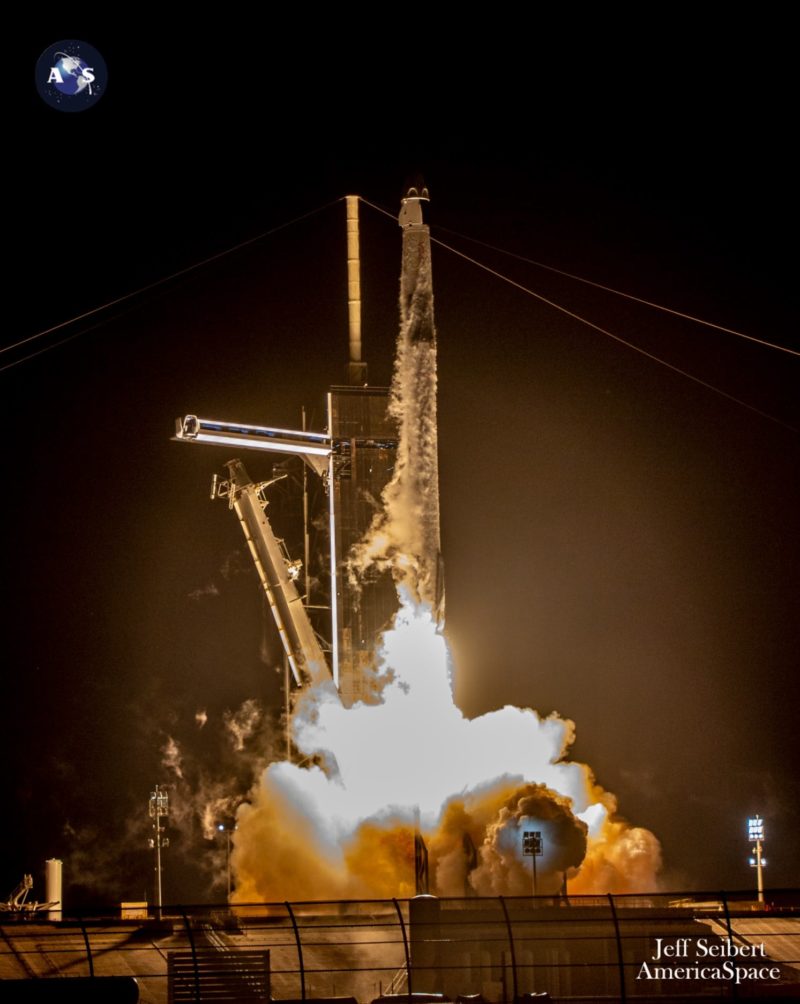
Two weeks of technical and weather delays, together with Crew-2 approaching the maximum on-orbit duration of their Crew Dragon craft, forced a highly undesirable “indirect handover”. As such, Crew-2 departed the station on 7 November, whilst Crew-3 launched three days later and arrived safely at the sprawling orbital outpost on the 11th.
In this instance, there was no absence of U.S. personnel, since NASA’s Mark Vande Hei had launched to the ISS with two Russian cosmonauts aboard Soyuz MS-18 the previous April. But had he not been aboard, the indirect handover of USOS operations from Crew-2 to Crew-3 might have left an unwanted gap in U.S. station crewing.
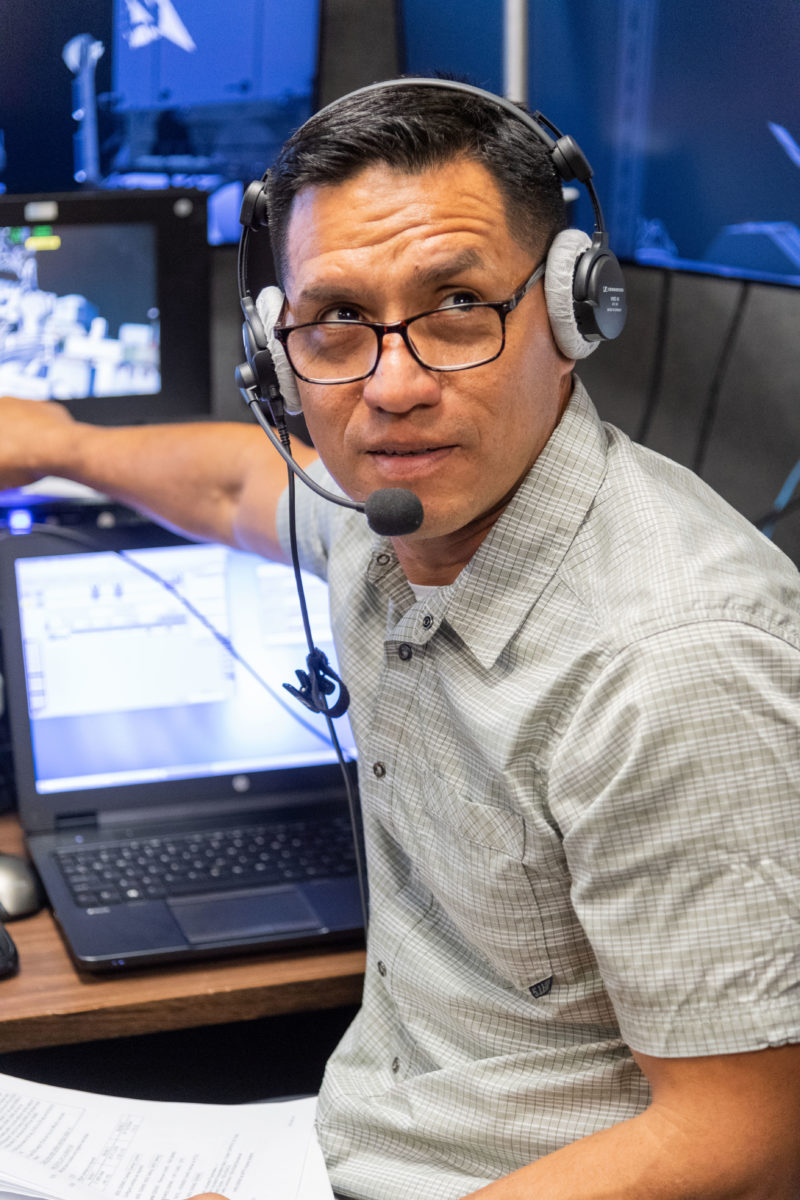
Plans for integrated crew operations, unsurprisingly, had to await Russia’s acceptance of Crew Dragon as a safe and reliable vehicle, but the chances of the agreement bearing fruit hung very much in the balance earlier in 2022, following Putin’s invasion of Ukraine and the resultant flow of economic sanctions between East and West. Matters were certainly not aided by some particularly bellicose Twitter rhetoric from Roscosmos head Dmitri Rogozin, who was relieved of his post and replaced by Russia’s former deputy prime minister, Yuri Borisov, just last month.
On the very day of Rogozin’s departure, 15 July, NASA and Roscosmos officially inked the long-awaited integrated crew operations agreement. Under its terms, Russia’s Prokopyev and Petelin would be joined by Rubio on Soyuz MS-22, which is currently slated to rise from Site 31/6 at Baikonur Cosmodrome in Kazakhstan, no sooner than 6:54 p.m. local time (9:54 a.m. EDT) on 21 September.
Their ship is named in honor of Konstantin Tsiolkovsky (1857-1935), the Russian schoolmaster today revered alongside such luminaries as Robert Goddard and Hermann Oberth as one of the fathers of modern rocketry and astronautics. The 165th anniversary of Tsiolkovsky’s birth incidentally falls on 17 September, only a few days before Soyuz MS-22 launches.
In exchange for Rubio’s place aboard Soyuz MS-22, Russian cosmonaut Anna Kikina will fly alongside U.S. astronauts Nicole Mann and Josh Cassada and Japan’s Koichi Wakata aboard Dragon Endurance for the Crew-5 mission, set to launch from historic Pad 39A at the Kennedy Space Center (KSC) in Florida in early October. Kikina will become Russia’s fifth woman in space, after pioneering Valentina Tereshkova, the first female spacewalker Svetlana Savitskaya, the first long-duration female space station resident Yelena Kondakova and ISS veteran Yelena Serova.
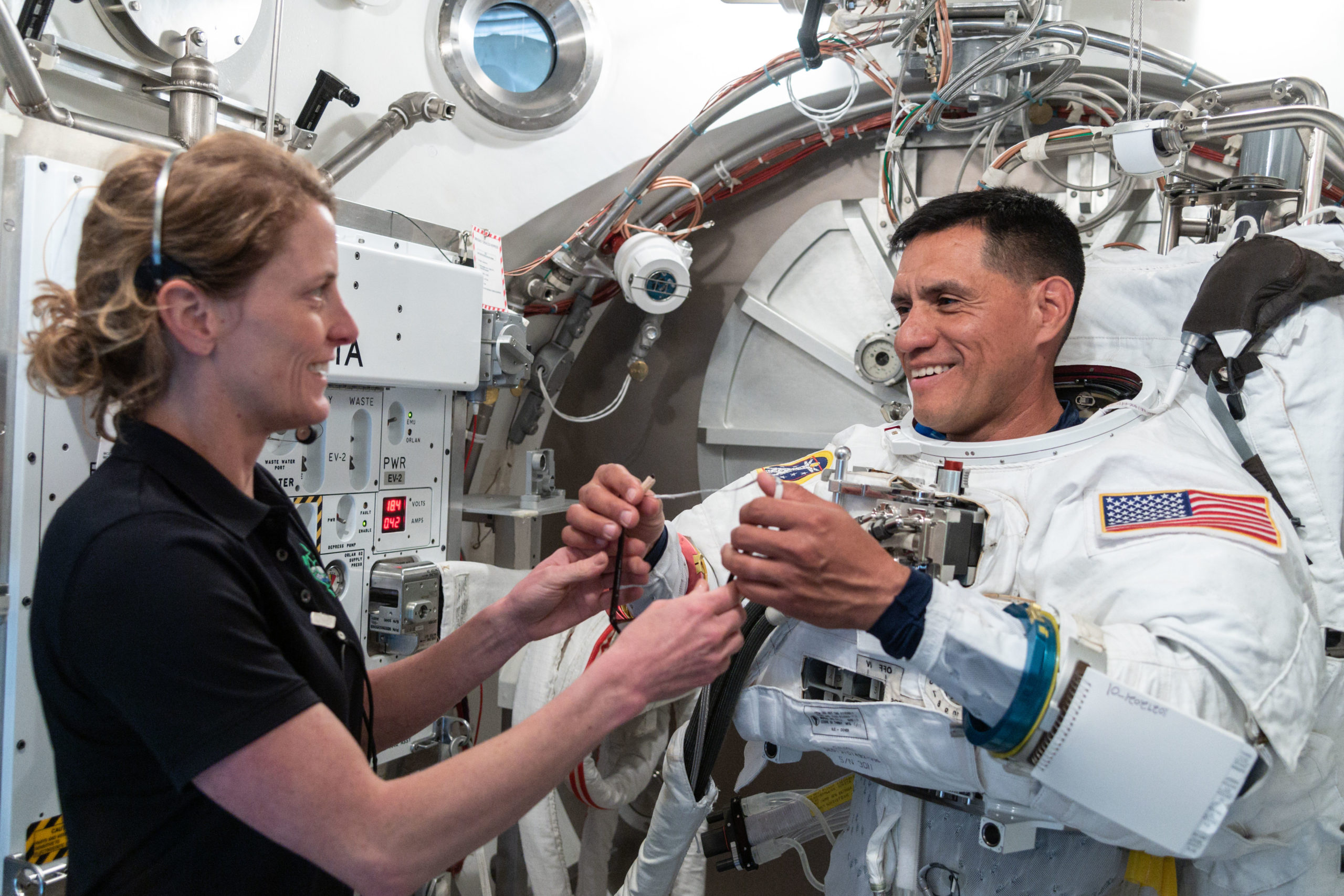
And looking ahead to the spring of 2023, Soyuz MS-23 will include NASA’s Loral O’Hara, flying alongside Russian cosmonauts Oleg Kononenko and Nikolai Chub, whilst Crew-6 features Russia’s Andrei Fedyayev alongside U.S. astronauts Steve Bowen and Woody Hoburg and United Arab Emirates (UAE) flyer Sultan Al Neyadi. Integrated crew assignments beyond Soyuz MS-23 and Crew-6 are yet to be announced.
The Soyuz MS-22 spacecraft arrived at Baikonur last December, where it has undergone a battery of tests and evaluations, ahead of encapsulation inside the rocket’s payload shroud for rollout to the pad. Prokopyev, Petelin and Rubio will greet the onset of weightlessness with a traditional microgravity indicator, in the form of the Russian cartoon character, Cheburashka.
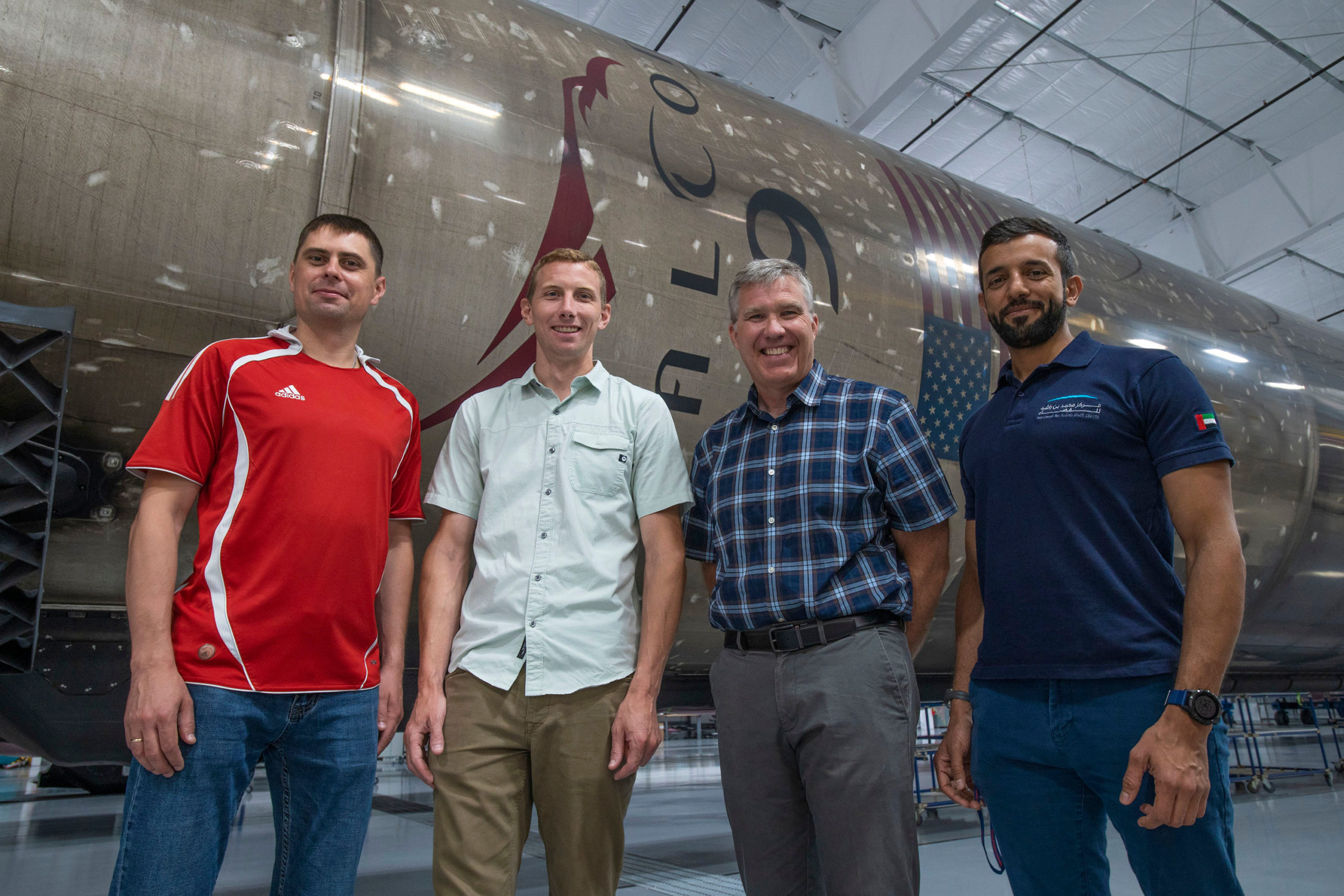
According to Rubio’s remarks yesterday, his crew will do their final exams on the Soyuz and ROS systems next week, before heading from the cosmonauts’ training center at Star City, on the forested outskirts of Moscow, to Baikonur for launch. He hopes to catch next week’s Artemis I launch on replay.
Current plans envisage Prokopyev, Petelin and Rubio reaching the ISS after a four-hour and three-orbit “fast rendezvous” to dock with the Earth-facing (or “nadir”) Rassvet module. They will be welcomed aboard by Expedition 67 Commander Oleg Artemyev and his crew of Russian cosmonauts Denis Matveev and Sergei Korsakov, U.S. astronauts Kjell Lindgren, Bob “Farmer” Hines and Jessica Watkins and Italy’s Samantha Cristoforetti.
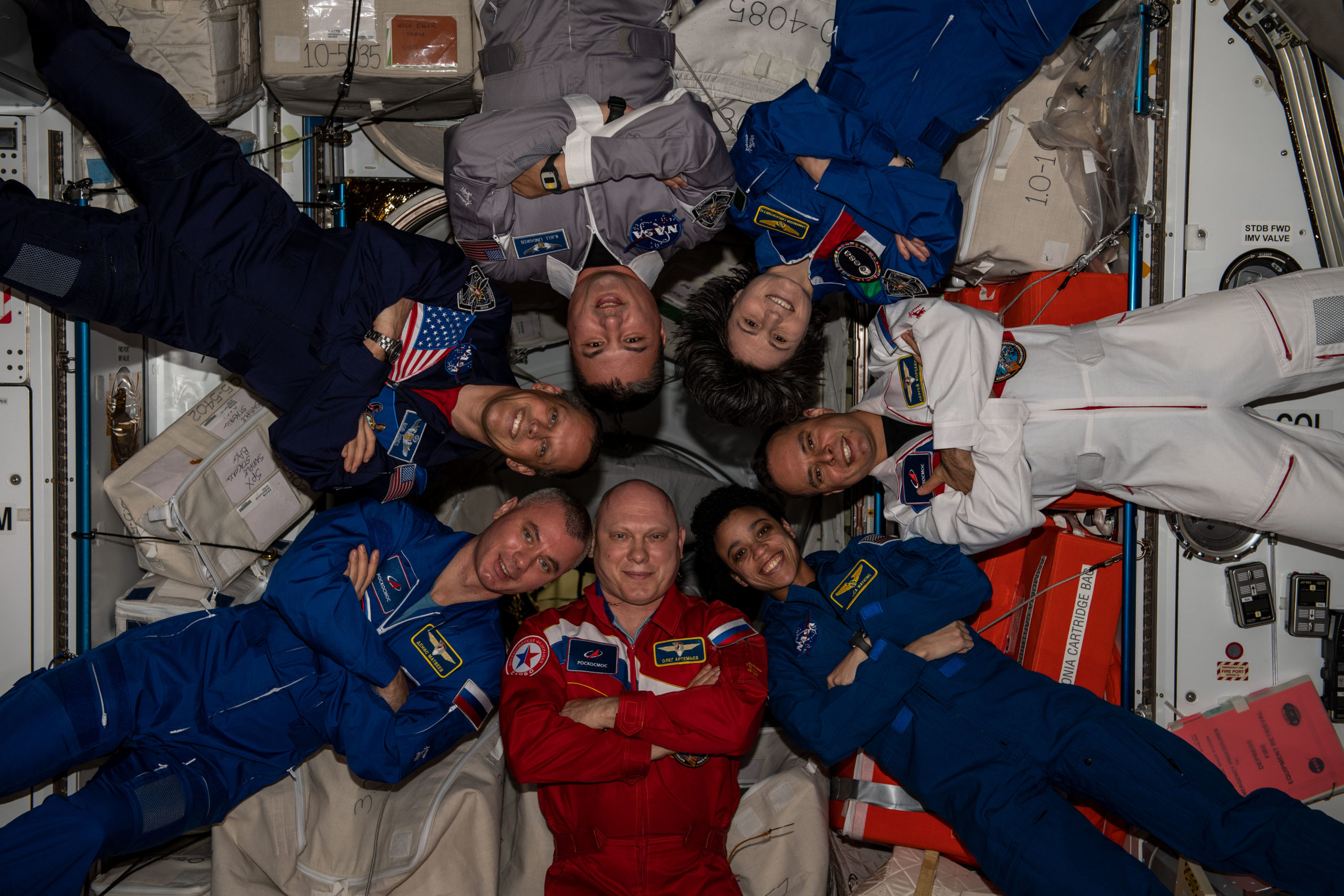
Eight days later, Artemyev, Matveev and Korsakov will depart the station aboard their Soyuz MS-21 spacecraft and return to a soft landing in south-central Kazakhstan, wrapping up 195 days in orbit. Prior to his departure, Artemyev will hand over command to Cristoforetti, who will become the first non-U.S. woman ever to lead an ISS increment, leading the first phase of Expedition 68.
Although Cristoforetti was identified last year for an ISS command, it seemed unlikely that it would come to pass. Her stay on the ISS as a member of Crew-4 was significantly shortened earlier this year from six to four months, placing her entirely inside Expedition 67 and Artemyev’s command, but has since been lengthened again to more than five months in response to delays in getting Crew-5 ready to fly.
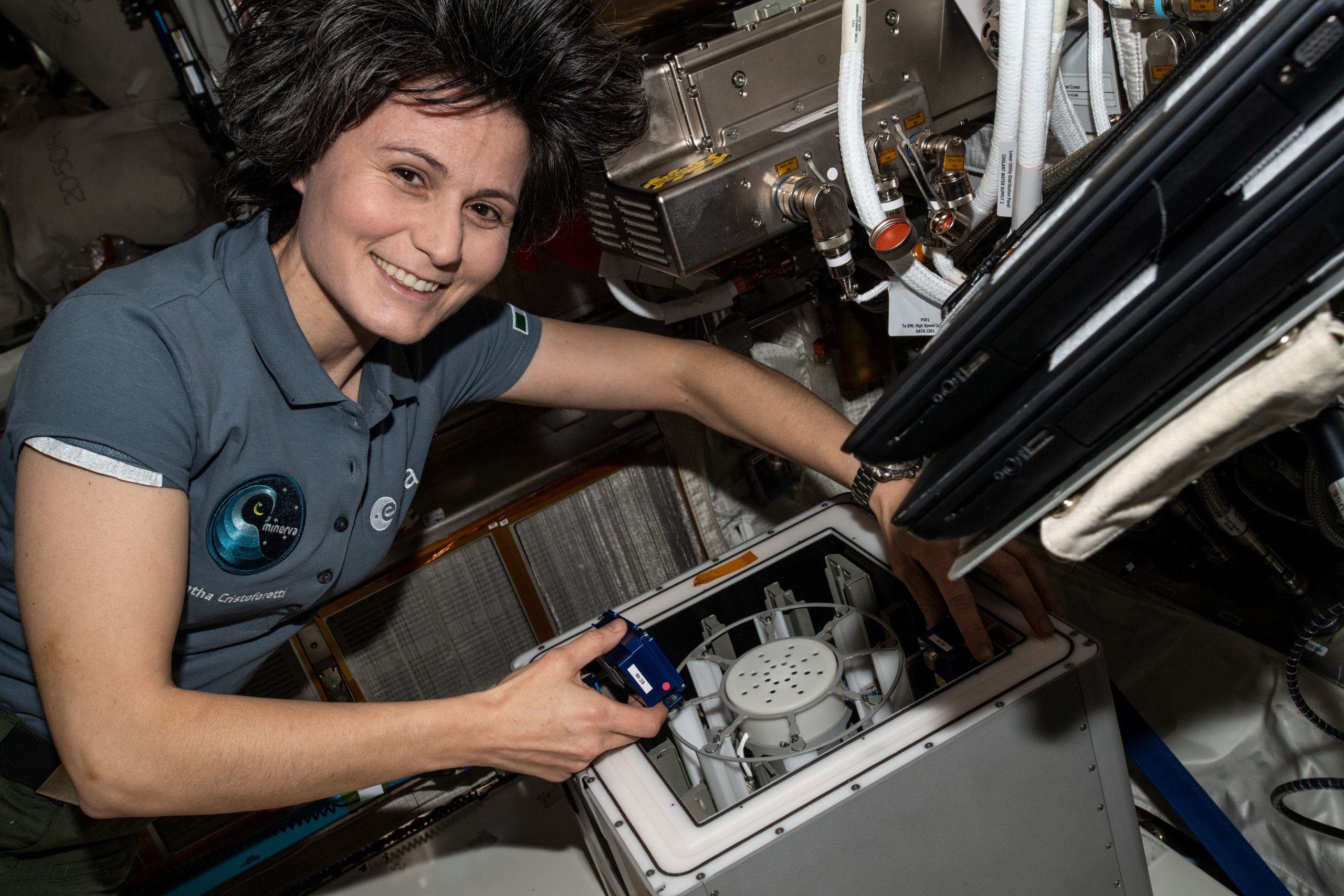
Cristoforetti’s command of Expedition 68a, sadly, will be relatively short, on the order of a couple of weeks. Following the arrival of Crew-5 in early October, and a roughly five-day direct handover, she will relinquish command to Sergei Prokopyev, who will lead Expedition 68b through his own return to Earth in March 2023.
Beyond that, Prokopyev will hand over the helm of the ISS to Steve Bowen for the Expedition 69a command. And Bowen, in his turn, will hand command over to Oleg Kononenko for Expedition 69b, continuing a general precedent of exchange between USOS and ROS station skippers.
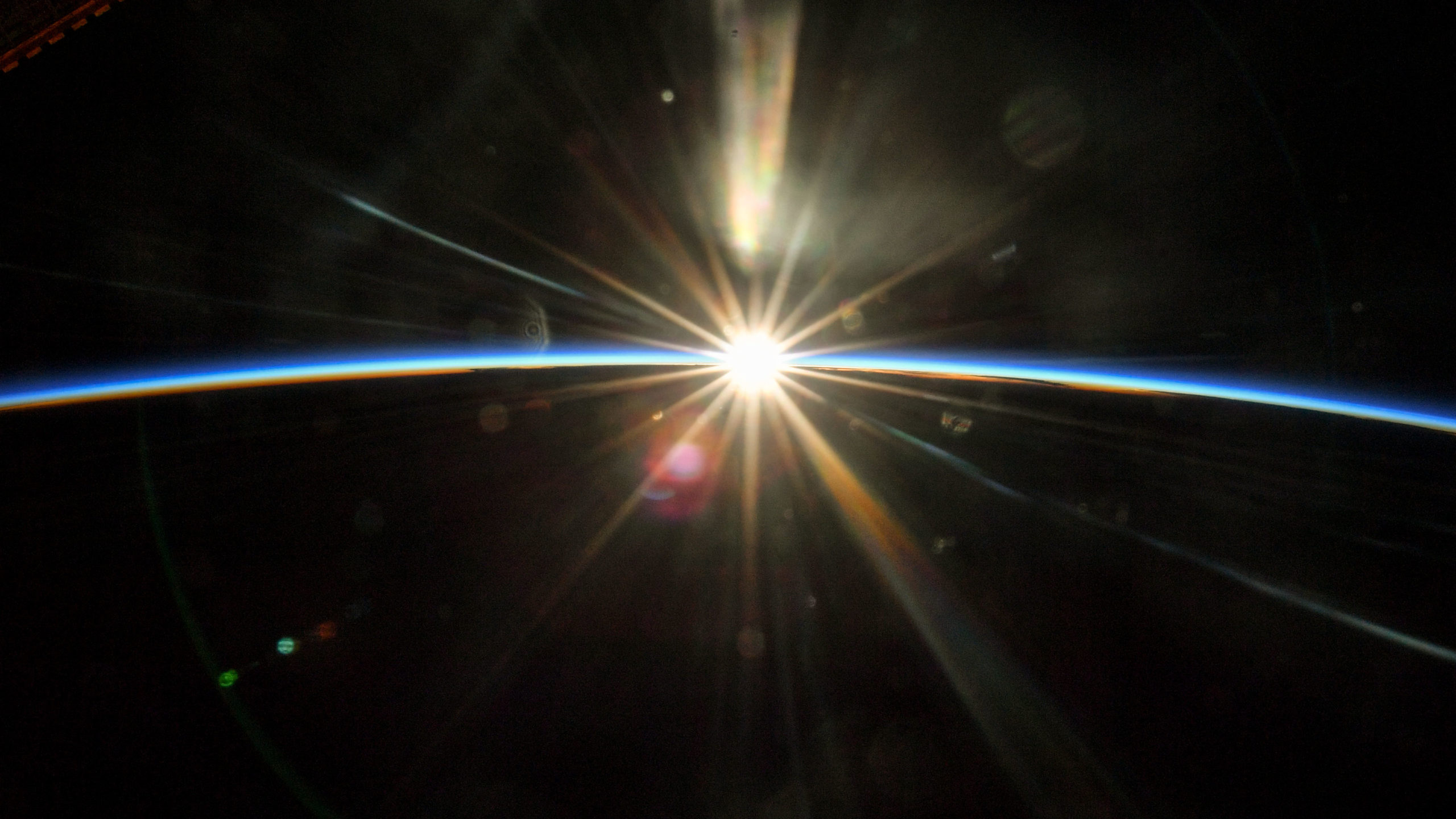
Up to ten crewed and uncrewed visiting vehicles are expected during Expedition 68, including two Russian Progress freighters, two SpaceX Cargo Dragons, two Northrop Grumman Corp. Cygnuses and perhaps Japan’s upgraded H-II Transfer Vehicle (HTV-X1). There is also potential for the Expedition 68 crew to welcome NASA astronauts Barry “Butch” Wilmore and Suni Williams when they arrive on the Crew Flight Test (CFT) of Boeing’s CST-100 Starliner and perhaps also the second AxiomSpace mission, commanded by America’s most experienced spacefarer, Peggy Whitson.
And as many as five Russian sessions of Extravehicular Activity (EVA) and perhaps up to four U.S. spacewalks are planned around the end of the year. Their objectives include the continued outfitting of Russia’s Nauka (“Science”) lab, which arrived on station last summer, and the installation of mounting brackets and other hardware associated with the next set of ISS Roll-Out Solar Arrays (iROSAs).
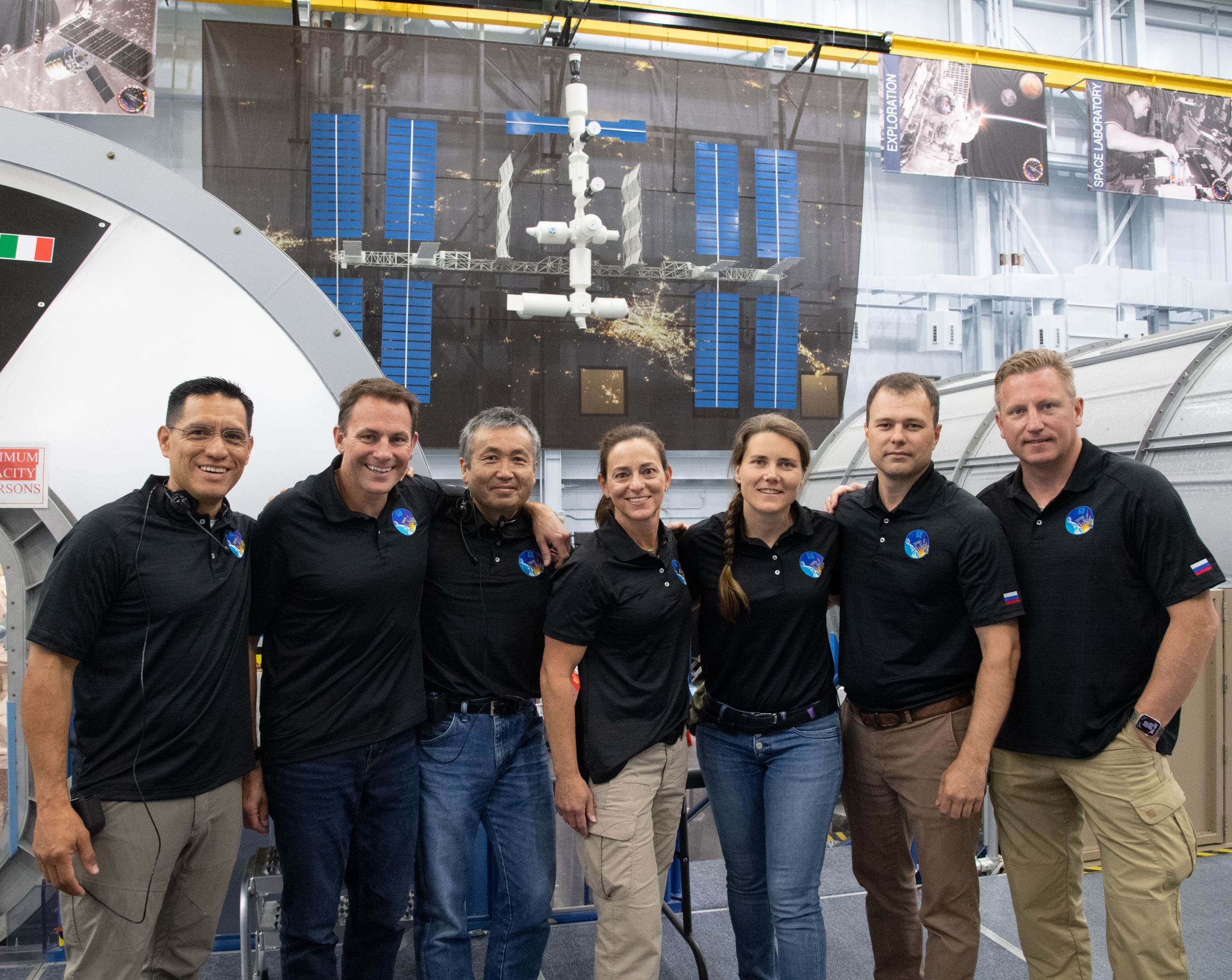
For much of Rubio’s Expedition 68, therefore, he will work closely with Prokopyev and Petelin and the Crew-5 quartet of Mann, Cassada, Wakata and Kikina. Rubio described a “good and strong relationship” with his Russian partners and identified the ISS partnership as a form of diplomacy in which common ground can be found.
“No matter where we’re from,” he said, “if more people got to know each other, I think we’d be pleasantly surprised at the commonalities that we have.”




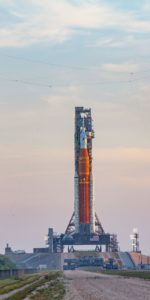
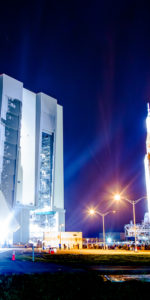
2 Comments
2 Pings & Trackbacks
Pingback:Rubio, Crewmates Prepare for Busy Expedition 68 - AmericaSpace
Pingback:Dragon Freedom Splashes Down, Wraps Up Six-Month Crew-4 Mission - AmericaSpace